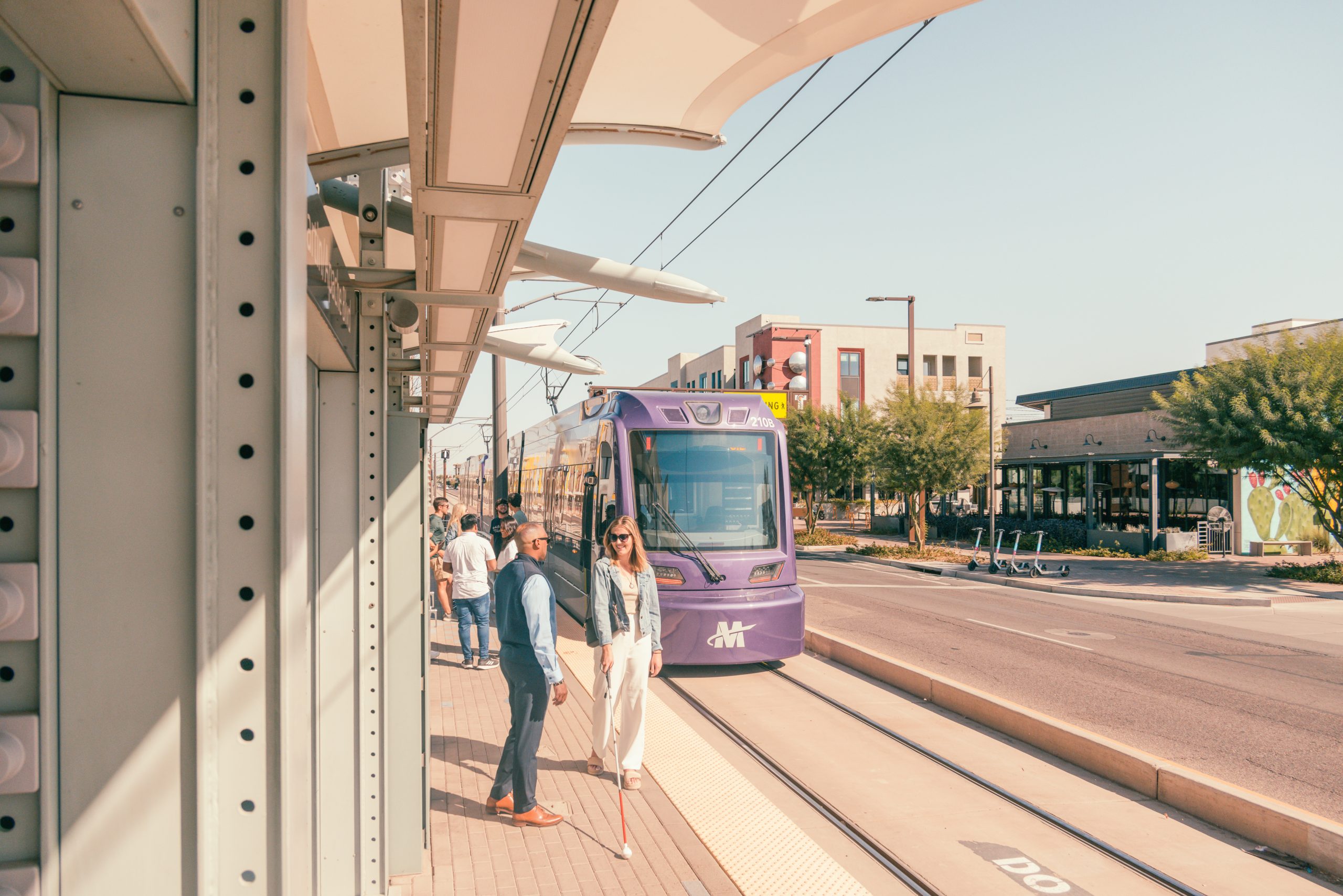The border towns of Laredo, Texas, and Nuevo Laredo, Tamaulipas, Mexico, also known as the “Sister Cities,” are working together on a bold project: a binational river park to be developed where there was going to be a concrete and steel border wall.
The plan to construct the wall (which would have cut Laredo off from its main water source, the Rio Grande River) was canceled due to the grassroots efforts by a group of veterans, clergy, teachers, students, landowners, and Indigenous leaders called the No Border Wall Coalition (NBWC).
The cancellation of the unconstructed border wall contracts saved 71 miles of sensitive riverfront land and over $1 billion in taxpayer money, according to the environmental nonprofit Earthjustice.
Connections, not barriers
In place of the wall, the City of Laredo proposed (and unanimously approved) the development of a binational river park and ecological restoration project. The park is expected to take up around 6.3 miles along the Rio Grande River and will be a space for community recreation, education, and a physical representation of the complementary relationship between the two border cities.
As reported by Dezeen, the park will feature a 2.5-mile-long ecological restoration area northeast of the cities, a span of a mile in the urban cores along the river that will boast an amphitheater, and a recreational area that is expected to go on for three miles and lead pedestrians to the Nuevo Laredo Zoo.
The Laredo City Council alongside members of the public-private consortium Binational Working Group formally announced that San Antonio-based architecture and urban design firm Overland Partners will be collaborating with local partner Able City to conceptualize the design plans for the first phase of the ecological restoration project.
“We are inspired by the Binational River Park and excited by the unique challenges an aspirational project of this magnitude presents—environmentally, socially, and culturally,” senior principal and CEO at Overland Partners Rick Archer told The Architect’s Newspaper.”
“Together with our partners and stakeholders, we want to create an international cultural destination and model for cooperation, conservation, and community.”












